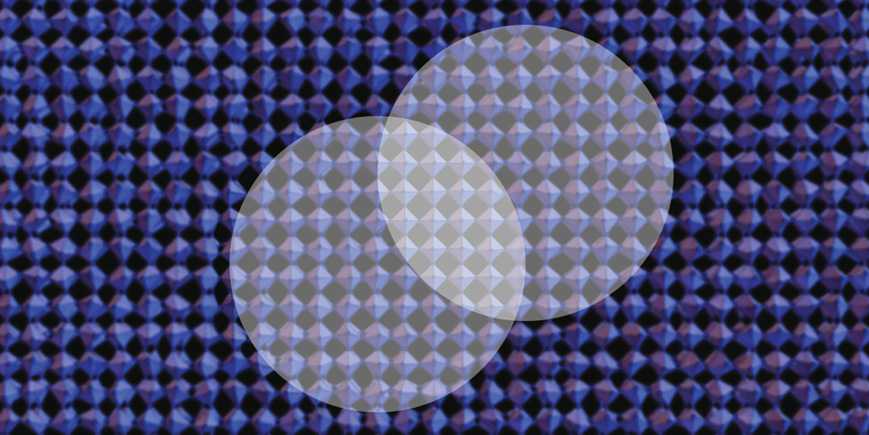Unraveling Electron–Phonon Coupling in Perovskite Nanocrystals
Our recent paper sheds light on the microscopic origin of electron–phonon coupling in lead halide perovskites, a key factor behind their unique optoelectronic properties. By tracking structural changes after photoexcitation, our study identifies lattice tilting as a primary pathway for coupling between electronic excitations and vibrational modes.

A fundamental question in the study of lead halide perovskites is how electronic excitations interact with lattice vibrations—known as electron–phonon coupling—which plays a critical role in their light emission and charge transport. Our recent paper publlished in Nature Physics provides direct evidence that this coupling arises from octahedral tilting in the crystal lattice, triggered by photoexcitation. Using ultrafast optical-pump, electron-diffraction-probe experiments on FAPbBr₃ nanocrystals, we observed a rapid reduction in Pb–Br–Pb bond angles, indicating a strong response of the lattice to excitons. This effect is more pronounced in FAPbBr₃ than in CsPbBr₃, owing to the structural disorder that persists even at low temperatures. Importantly, the lattice response scales superlinearly with exciton number, revealing that multiple excitons induce cooperative structural distortions. This leads to phonon-mediated attractive interactions between excitons, a surprising result that could influence future design strategies for perovskite-based devices. The work offers a microscopic view of electron–phonon coupling mechanisms in these materials and sets the stage for tailoring their properties through lattice engineering.
A news article of the work can be found external page here, while the full paper can be accessed here.